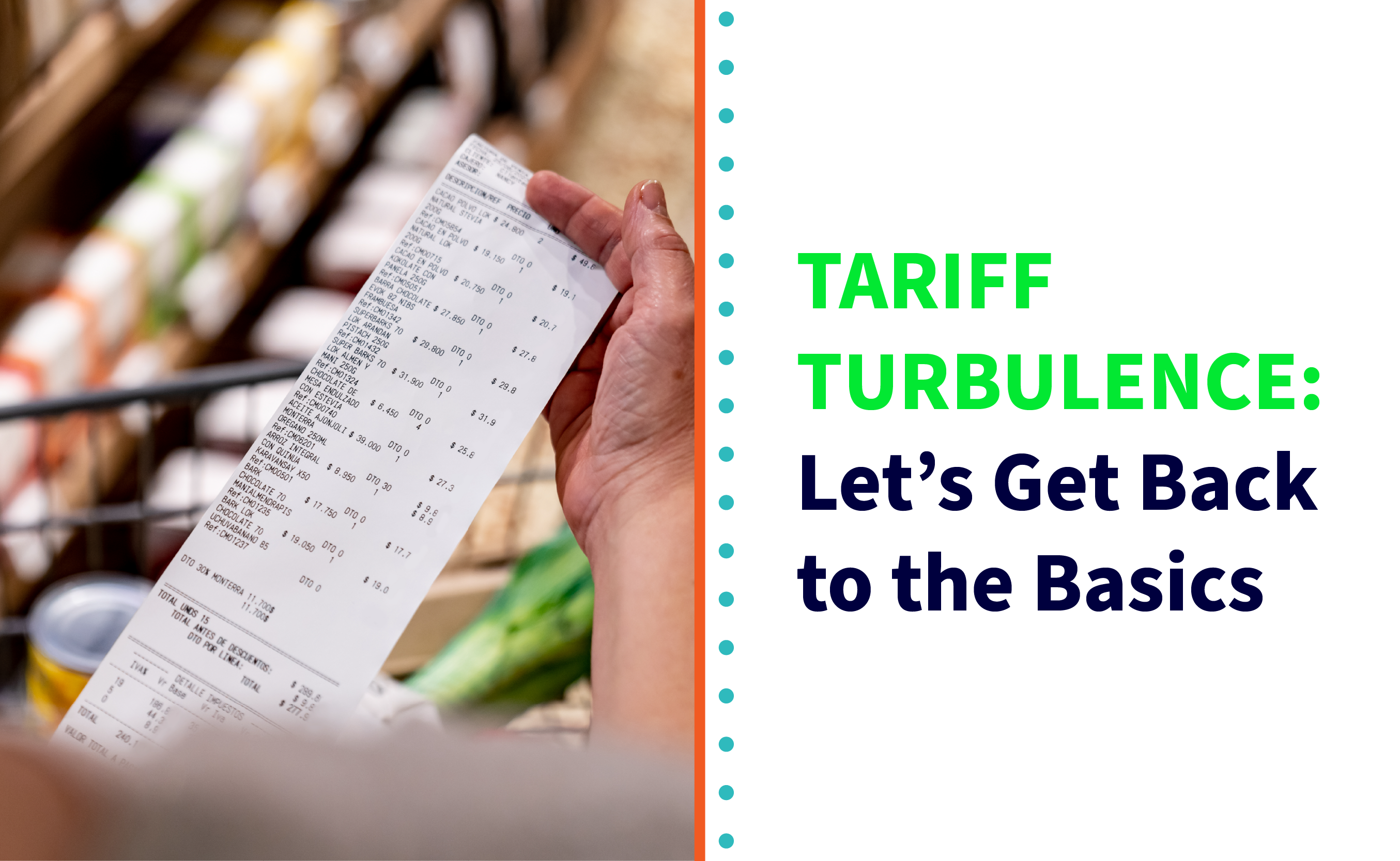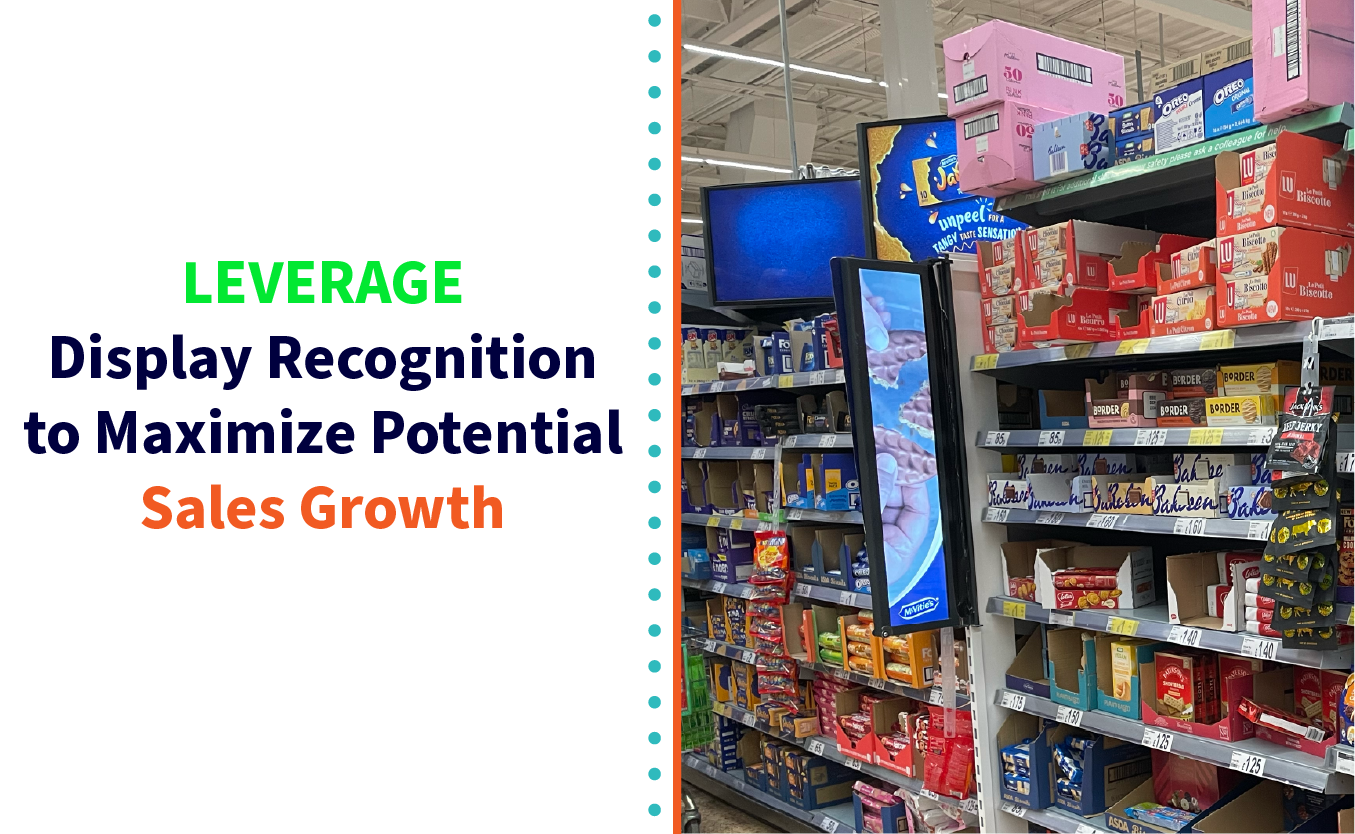OPTIMIZING PROMOTIONAL EXECUTION IN GROCERY RETAIL BLOG
While trade promotion spend by CPG manufacturers continues to increase, retailer compliance is trending downward, especially when performance is measured at the store/day/SKU level
Promotions are vitally important for both retailers and suppliers. Despite some retailers’ focus on Every Day Low Pricing (EDLP) and the growing emergence of discount retailers, promotions play an integral part in driving category volumes and profitability for retailers. For brand owners, the role of promotions is just as crucial. Promotions can drive volume and steal market share, and are key in encouraging shopper behaviour with respect to trial and switching.
Field sales teams can be used to audit on-entry compliance, but it is evident that this approach has limitations. The first step is understanding the various ways in which a promotion can be imperfectly executed at the store level, or how a store could be considered to be non-compliant.
Reasons Why Promotions Can Go Off Track:
♦ Non-Participant
The store doesn’t run the promotion at all. In this case, the retailer agreed to run the promotion in 400 stores, but only 375 actually participated.
♦ Late Starter
The store runs the promotion, but starts late. StayinFront RDI’s research shows that stores can start up to one week late during a 21-day event.
♦ Early Finisher
The store runs the promotion, but finishes early. The store’s aim is to remove the promotion a day or two early, often after the final weekend, so the store is not left with excess stock when the product’s rate of sale has returned to pre-promotional levels.
♦ Incomplete Execution
Not all the SKUs are on the display. In this case, the agreed promotion should cover six SKUs in a brand family, but the store staff only places five SKUs on the display. The display is full, but one SKU doesn’t realize the expected increase in sales. This could be a supply chain issue, a result of phantom inventory or simply an oversight by a store employee.
♦ Non-Compliant Display
The allocated secondary display either doesn’t materialise or is not allocated to the agreed brands over the entire period of the promotion. In some cases, 20:20 RDI’s field research has found that the retailer’s head office thought the store had a category display site which did not actually exist.
♦ Inconsistent/Slow Replenishment
The promotion works well and the rate of sale of the relevant products increases, but the store staff doesn’t keep up with the rise in demand. This results in periods, over the course of the promotion, where sales decline due to lack of availability. This is most common problem in the most popular SKUs.
To find out more on how to optimize promotional execution in grocery retail download the Optimizing Promotional Execution in Grocery Retail white paper.
This paper examines the most common culprits of non-compliance and the power of retailer Electronic Point of Sale data to drive promotional ROI by improving the planning, execution and effectiveness of current and future promotions.
Contact your local StayinFront representative to find out how Field Sales ROI can help your business.
www.stayinfront.com
sales@stayinfront.com
Phone: +1.973.461.4800
Toll Free: 800.422.4520







